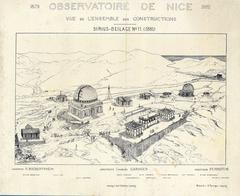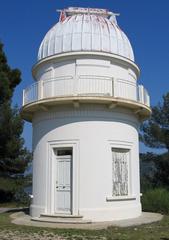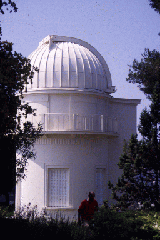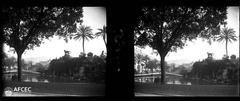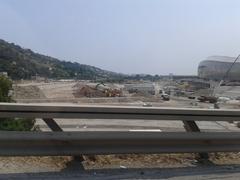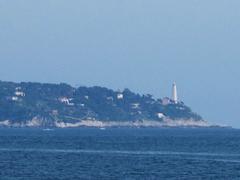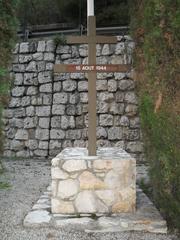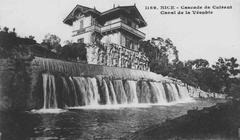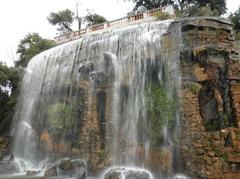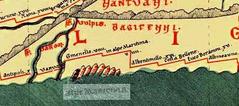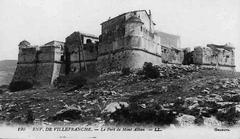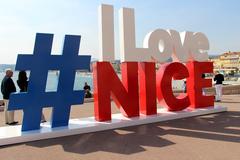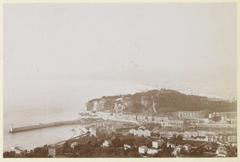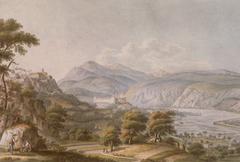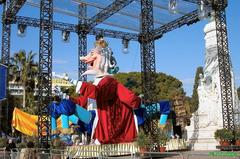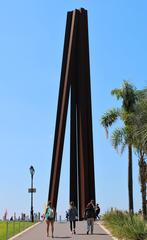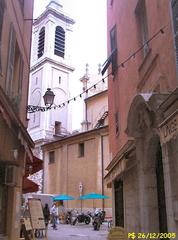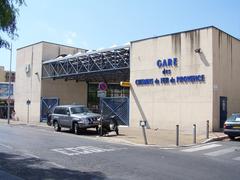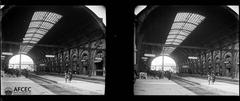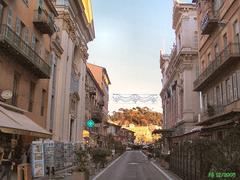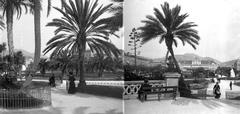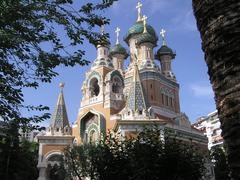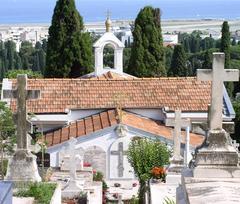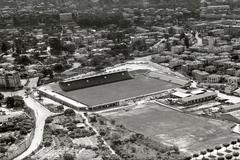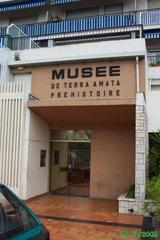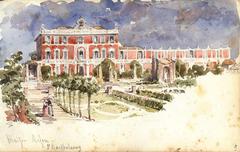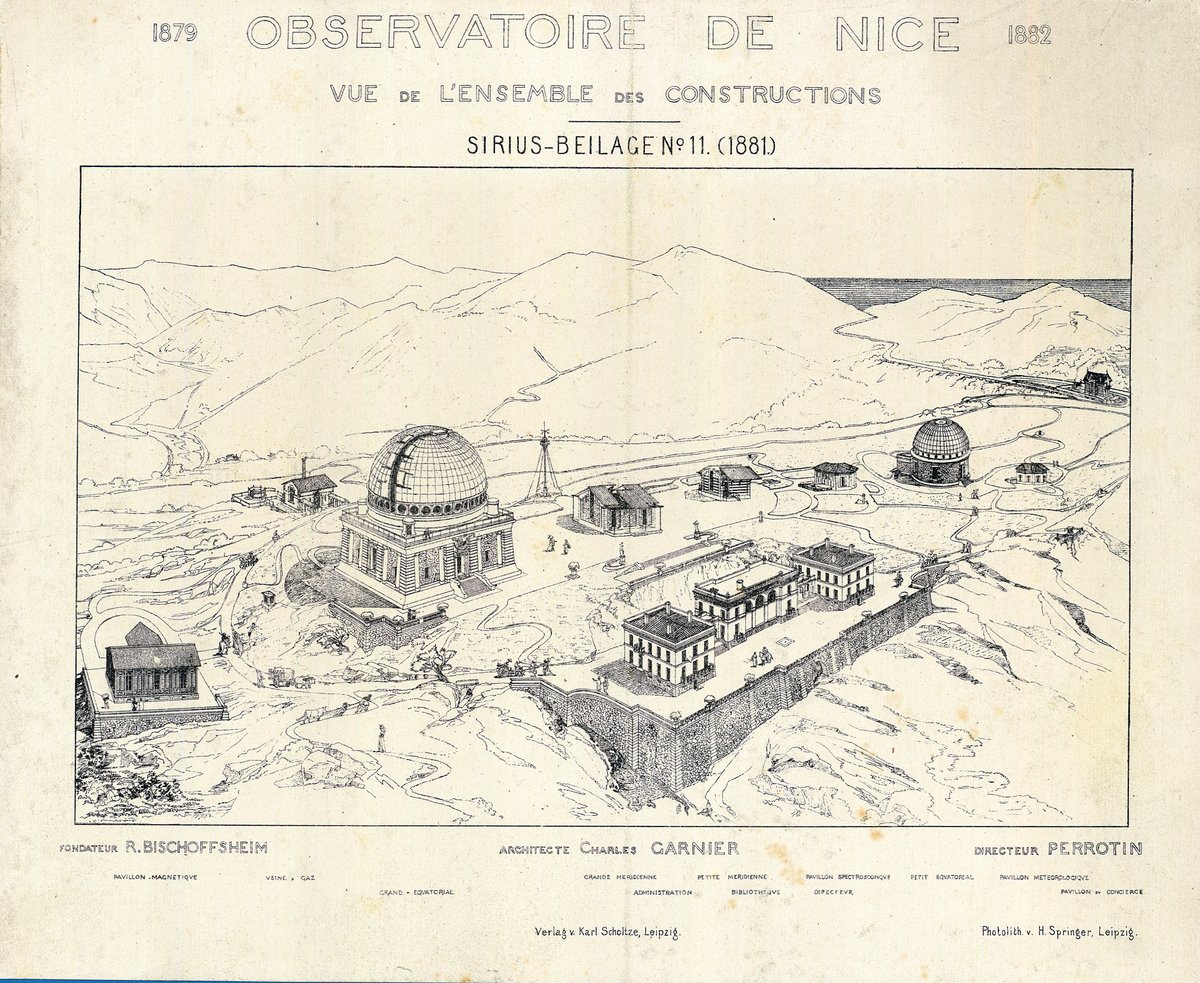
Nice Observatory Visiting Hours, Tickets, and Comprehensive Guide to Nice Historical Sites
Date: 14/06/2025
Introduction: The Nice Observatory’s Legacy
Perched atop Mont Gros and commanding panoramic vistas of the French Riviera, the Nice Observatory—officially the Observatoire de la Côte d’Azur (OCA)—is a unique convergence of scientific innovation, architectural artistry, and cultural heritage. Founded in 1887, the observatory was envisioned as a cutting-edge astronomical center by architect Charles Garnier, known for the Paris Opera House, with its famed rotating dome engineered by Gustave Eiffel. This architectural and scientific marvel has played a pivotal role in the advancement of modern astrophysics and remains an active research institution. Today, the observatory welcomes visitors through guided tours, offering a blend of historical discovery, scientific education, and breathtaking scenery. This comprehensive guide details everything you need to know about visiting: from hours and ticketing to accessibility, travel tips, and nearby attractions. For official updates, see the OCA Official Website and visitor insights on Explore Nice Côte d’Azur.
Table of Contents
- Introduction
- History & Architectural Highlights
- Scientific Contributions
- Visitor Experience
- Visiting Hours and Tickets
- Accessibility and Facilities
- Getting There
- Special Events and Stargazing
- Nearby Attractions
- Practical Tips
- Frequently Asked Questions (FAQ)
- Conclusion
- References
History & Architectural Highlights
Nineteenth-Century Visionaries: Garnier and Eiffel
The Nice Observatory reflects France’s late 19th-century ambition to lead in scientific research and architectural innovation. Charles Garnier’s neoclassical design—characterized by Ionic columns, white stone, and harmonious proportions—was paired with Gustave Eiffel’s engineering prowess, most notably seen in the observatory’s 24-meter rotating dome. At its completion, Eiffel’s dome was the largest in the world, utilizing an ingenious floating system that reduced friction and facilitated smooth rotation (Buildingpedia; SeeNice).
Architectural and Engineering Features
The observatory complex features 18 buildings, 13 of which were designed in the Beaux-Arts style by Garnier. The main building’s pyramid-inspired base offers both stability and grandeur, while the dome’s iron framework and copper cladding create an iconic silhouette against the Mediterranean sky. The site, declared a historical monument in 1994, is set in landscaped grounds that blend seamlessly with the hilltop environment (Isolated Traveller; Nice Tourism).
The Grand Lunette: World’s Largest Refracting Telescope
Within Eiffel’s dome resides the Grand Lunette, once the world’s largest refracting telescope—an 18-meter instrument that enabled the discovery of over 2,000 stars and significant advances in planetary science (Isolated Traveller).
Scientific Contributions
From its earliest days, the Nice Observatory advanced the transition from classical star cataloging to modern astrophysics. Pioneering work in spectroscopy, photometry, and celestial mapping was conducted here, and the observatory’s extensive archives are a major resource for historians of science (Cultural Heritage of Astronomical Observatories). The OCA remains active in fields ranging from planetary science to space geodesy and is recognized as one of the world’s leading astronomical centers.
Visitor Experience
Guided Tours
Entry to the Nice Observatory is exclusively through guided tours, ensuring both preservation and a rich educational experience (explorenicecotedazur.com). Tours must be booked in advance via the official website.
Two main tour types are available:
- Morning Tour (10:00 AM): Focuses on the cupola, the historic Grand Lunette telescope, and the Universarium interactive center.
- Afternoon Tour (2:00 PM): A longer, two-hour experience including a guided walk through the grounds, scientific buildings, and access to the cupola and Universarium (bestofniceblog.com).
Nighttime stargazing tours are rare but occasionally offered during special events such as European Heritage Days (discoverwalks.com).
Universarium Interactive Space
The Universarium is a recent addition, offering immersive, hands-on exhibits that make astronomy accessible to all ages. Included in all tours, this space is particularly popular among families and school groups (explorenicecotedazur.com).
Visiting Hours and Tickets
- Guided Tours: Year-round, typically at 10:00 AM and 2:00 PM.
- Duration: 1.5 to 2 hours.
- Night Events: Limited, advance booking essential.
- Advance Booking: Required; no walk-ins (oca.eu/visites).
Ticket Prices (2025)
- Adults: €12
- Seniors (60+, Nice metropolitan area): €10
- Students: €6 (valid ID required)
- Children under 6: Free
- Family Pass: €25
- French Riviera Pass Holders: Free entry (explorenicecotedazur.com)
Accessibility and Facilities
- The observatory is on steep, uneven terrain; sturdy footwear and sun protection are recommended.
- The site is not fully accessible to those with limited mobility. Contact the observatory in advance for possible accommodations (bestofniceblog.com).
- Restrooms are available; there is no café or restaurant on-site.
Getting There
Location: Boulevard de l’Observatoire, 06304 Nice Cedex, atop Mont Gros (discoverwalks.com).
- By Public Transport: Bus 84 from Nice Riquier station (15 minutes, not Sundays, approx. every 30 minutes).
- By Car: Limited free parking; arrive early in peak season.
- On Foot: Not recommended due to steep approaches.
Special Events and Stargazing
- Occasional stargazing nights and candlelight concerts under the dome, especially on special dates.
- Special events require separate booking and are announced on the official website.
Nearby Attractions
- Astrorama at Col d’Eze: Offers public astronomy experiences.
- Hiking Trails: Mont Gros is surrounded by scenic walking paths.
- Nice City Center: Museums, the Promenade des Anglais, Old Town, and the Matisse Museum are nearby.
Practical Tips
- Book Early: Tours fill quickly, especially on weekends and holidays.
- Prepare for Weather: Bring a hat, sunscreen, and water in summer.
- Dress for Walking: Sturdy shoes are essential.
- Photography: Allowed in most areas (no flash/tripods unless permitted).
- French Language: Most tours are in French; request English in advance if needed.
- Combine Activities: Plan to visit other attractions in Nice or along the Côte d’Azur.
Frequently Asked Questions (FAQ)
Q: What are the Nice Observatory’s visiting hours?
A: Guided tours are at 10:00 AM and 2:00 PM daily, year-round. Night tours are rare and require advance booking.
Q: How do I book tickets?
A: All tickets must be booked in advance through the OCA website.
Q: Are English tours available?
A: Yes, if arranged in advance.
Q: Is the observatory accessible for people with disabilities?
A: The site is not fully accessible due to historic terrain; contact the visitor center for specific needs.
Q: Are there restaurants or cafés at the observatory?
A: No, plan to eat before or after your visit in central Nice.
Q: Is photography allowed?
A: Yes, except flash photography or tripods during certain events.
Conclusion
The Nice Observatory is an enduring symbol of the French Riviera’s scientific, architectural, and cultural richness. Whether you’re enthralled by astronomy, architecture, or simply seeking a memorable experience in Nice, a visit here offers an inspiring journey through history and discovery. With careful planning—booking ahead, preparing for the terrain, and exploring nearby attractions—you can make the most of this extraordinary destination. Stay updated via the OCA Official Website and consider installing the Audiala app for enhanced visitor information and self-guided content.
References and Useful Links
- Observatoire de la Côte d’Azur Official Website
- Cultural Heritage of Astronomical Observatories (Cambridge.org)
- Explore Nice Côte d’Azur
- Discover Walks Blog
- Best of Nice Blog
- Buildingpedia
- SeeNice Tourism
